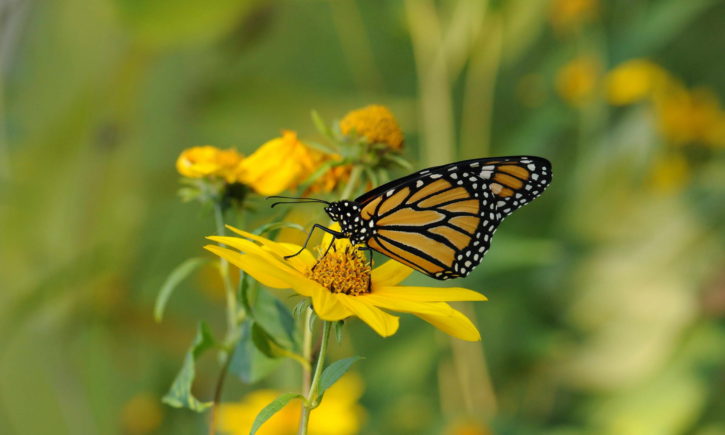Monarch butterflies are renowned for their incredible migration journey, traveling thousands of kilometers from Canada to Mexico each year. This phenomenon is not only a testament to their resilience but also a captivating mystery that has intrigued scientists for decades. Despite extensive research, the precise mechanisms behind their navigation remain partially understood. Here, we explore some of the leading theories that attempt to explain this remarkable journey.
Sun Compass Theory
One of the most prominent theories is the Sun Compass Theory. Monarch butterflies are believed to use the position of the sun in the sky as a navigational aid. By combining this with an internal circadian clock, they can maintain a consistent southwesterly flight path. This internal clock helps them adjust their angle relative to the sun throughout the day, ensuring they stay on course.
Magnetic Compass Theory
Another intriguing theory is the Magnetic Compass Theory. Some studies suggest that monarchs might have magnetoreceptors, which allow them to detect the Earth’s magnetic field. This ability could help them navigate over long distances, even when the sun is not visible. The exact nature of these magnetoreceptors and how they function is still a subject of ongoing research.
Genetic Programming
There is also evidence to support the idea that the migration behavior of monarch butterflies is genetically programmed. Monarchs that migrate possess specific genetic traits that enable them to undertake such long journeys. This genetic programming ensures that even monarchs that have never made the journey before can find their way to the same overwintering sites in Mexico.
Environmental Cues
Monarchs are highly responsive to environmental cues such as temperature changes and day length. These cues signal the butterflies to start their migration and help them stay on course. For instance, shorter days and cooler temperatures in the fall trigger the start of their southward journey.
Wing Morphology
Recent research has highlighted the role of wing morphology in monarch migration. The size and pattern of white spots on their wings may influence their aerodynamic efficiency. Larger white spots might help reduce drag, making it easier for them to sustain long-distance flights.
